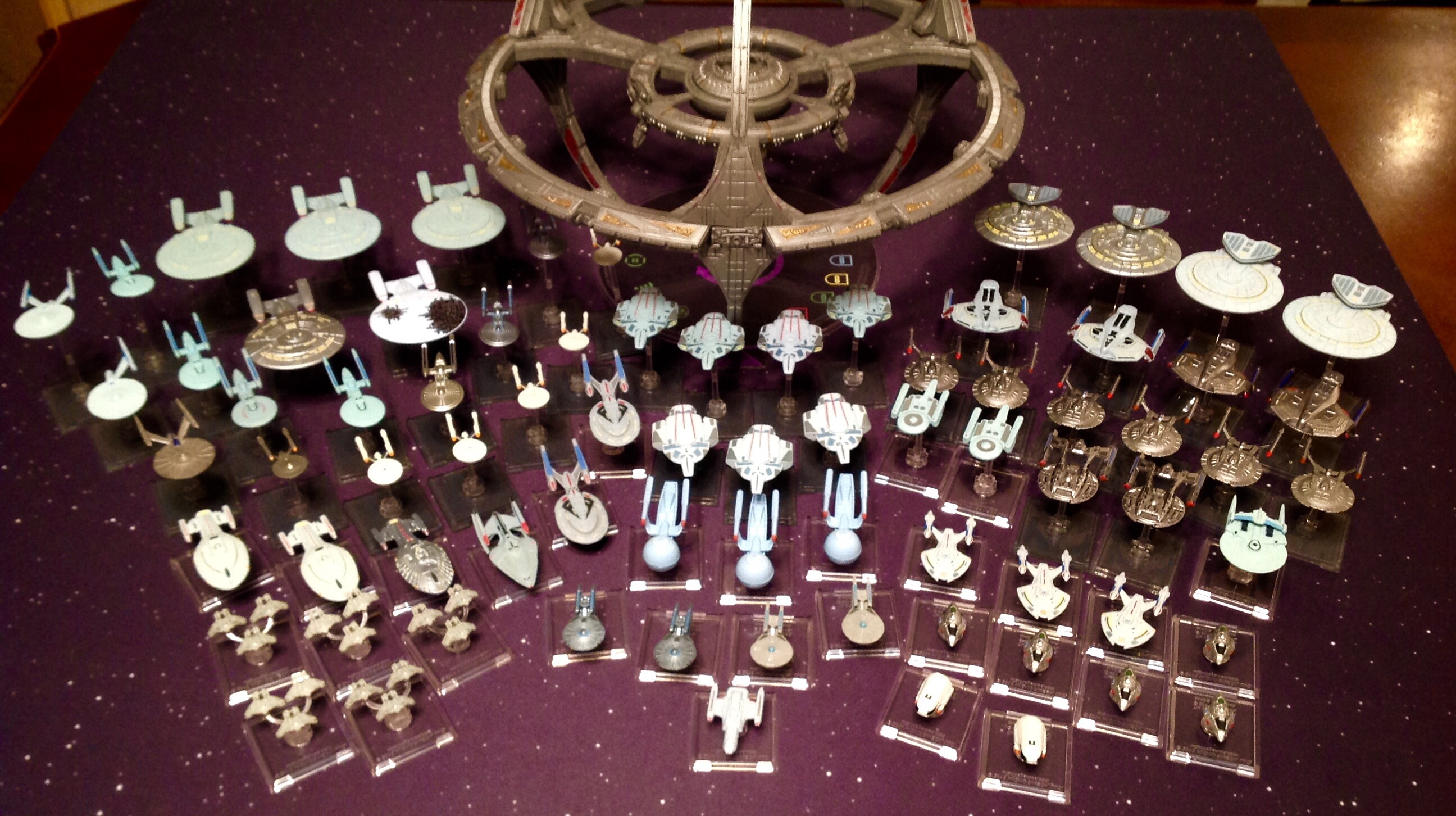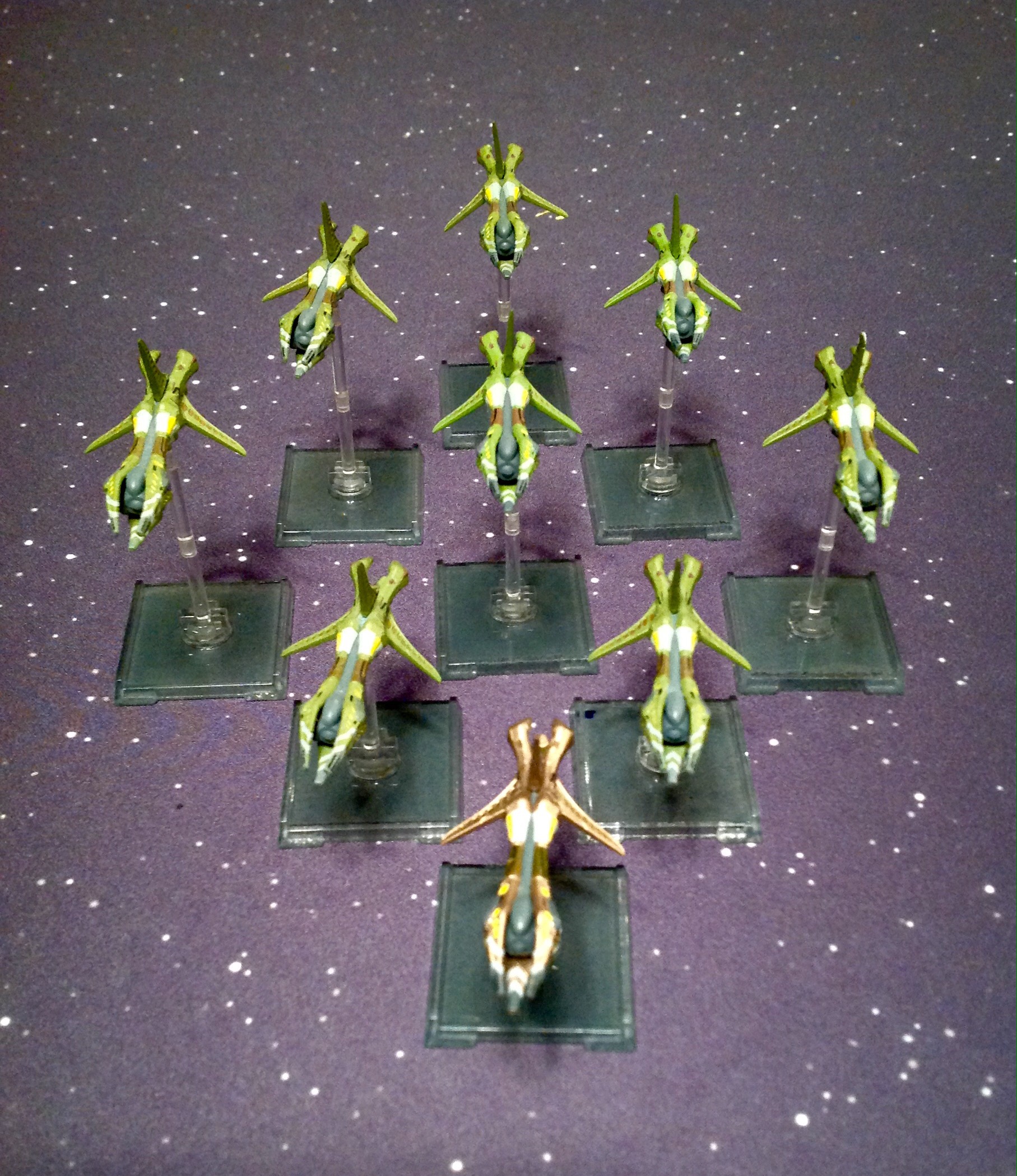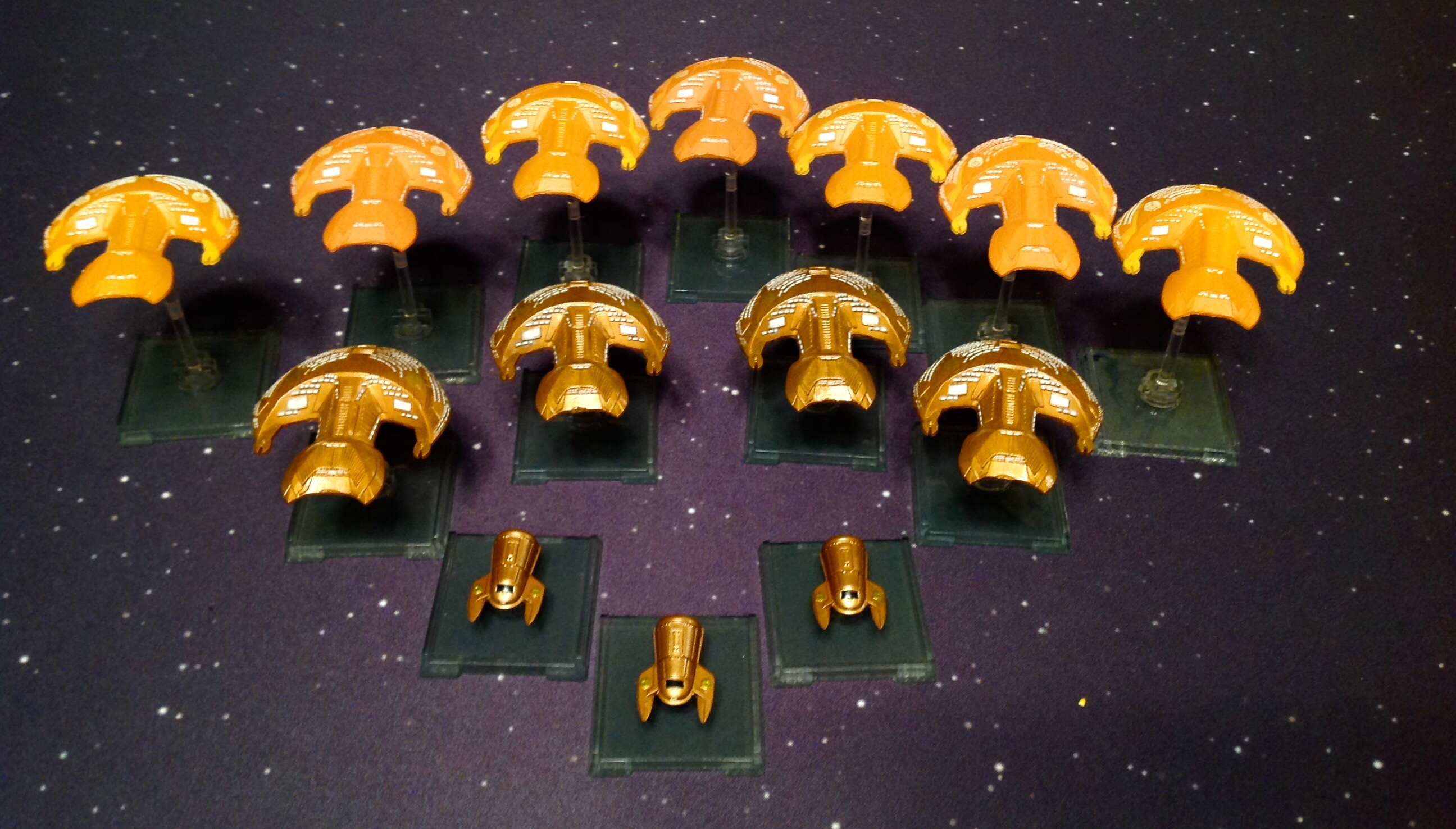What Star Trek Taught Me About Project Management
Do you like Star Trek?
What am I say, of course you like Star Trek. Who doesn’t like Star Trek? It’s more a question of “Which is your favorite Star Trek series?”
- The Original Series (TOS)? William Shatner, Leanard Nimoy, The original Enterprise
- Star Trek – The Next Generation (ST:TNG)? Captain Picard, Mr Data, Riker, Geordi and a bigger (and uglier) Enterprise
- Deep Space Nine (DS9)? The space station and a wormhole, Captain Sisko, the Ferengi
- Star Trek – Voyager? Finally, a female captain, the Delta Quadrant
- Star Trek – Enterprise? The first series to be cancelled (other than the original), early Enterprise, Captain Archer, his dog
Or maybe you’re a fan of the movies.
- 2, 4, 6, 7: Awesome
- 1, 3, 5: Horrible
I’m a Star Trek fan from the earliest days. I was a Trekkie before the marketing guys decided Trekker was a better term. I was too young to watch TOS when it was first broadcast, but thanks to syndication, I was a fan. Other than the odd numbered movies, I enjoyed the various iterations.
My brother was also a fan. And it’s his fault that I spend way too much time thinking about the ships, captains and crew of the distant future. He introduced me to a game called Star Trek: Attack Wing. You get to pilot ships, not just from the United Federation of Planets, but the Romulans, Klingons, Borg, (and their nemesis Species 8472), Vulcans, Ferengi, Kazon, Dominion (including Cardassians, Breen and others), Xindi and a group simply called “independent” that includes everyone else.
The game has tons of models. And you can configure these models however you want. You could put Picard on the bridge of a Klingon War Bird. You could put a Borg captain in charge of the Enterprise. Each ship comes with 10-15 cards each with different costs and capabilities allowing almost limitless customization.
And that’s where Project Management comes in. Each battle in Star Trek: Attack Wing (or STAW for short) takes place between a certain number of ships. A ship typically costs between 40-50 points. Most games involve two fleets each of 130 points. That means 3-4 ships per side. A game lasts about an hour, although there is technically no time limit. You play until an agreed on stopping point, or until one side kills the entire other side. A game generally involves 5-6 turns.
I’ve played games where one side got 200 points. That’s 4-6 ships. It takes much longer to configure a fleet and game play slows down. Recently I read an online discussion between two enthusiasts. One described a 1000 point fleet made up of 25 ships. It took 2 hours simply to set up the game. They then played for 2.5 hours and managed to get through three turns. At that point the game ended because the store they were playing at closed.
The guy with the big fleet was excited to talk about how he was able to involve so many ships. In terms of the Star Trek universe, battles often involved dozens of ships. So, he was mimicking real life. . .I mean real fake life. But, others online talked about how frustrating it would be to spent five hours for just a couple of moves. Not to mention the time taken up in the game store.
I have a very large project going on right now. It has a timeline of about a year. It involves dozens of people, and hundreds of deliverables. It can be a little overwhelming at times. To manage it, I break it into smaller pieces. There’s a networking piece. I work with my networking team and hold weekly meetings with them. There’s a reporting piece. I work with the reporting team separately from the networking team. The same thing goes for desktop engineering, and several other teams.
Instead of a single game with 1000 points, I’m playing 6 games with 166 points each. Trying to run all the meetings at the same time would require team members to wait for long periods of time before we got to “their” portion of the meeting.
It might be fun to think about a 1000 point game, but in practice it would be frustrating for everyone involved. Much better to play several smaller games.
Just a note, while the lessons translate, it’s probably not a good idea to label your project plan: Star Fleet Operations Manual. Game lessons only go so far.
And here are pictures of the way too many ships I own for this game.
The Federation, including multiple versions of the Enterprise and the Deep Space 9 space Station.
The often enemies, sometimes friend of the Federation was the Klingon Empire.
The Romulans never seemed to inspire the respect that the Klingons and Feds got. 
These are Vulcan ships. And While technically they are part of the Federation, they got their own fleet designation.
The Borg like symmetric ships. The “big cube” isn’t actually as dangerous as its size would indicate.
To combat the Borg, Species 8472.
In Deep Space 9, the Cardassians were the main bad guys. They were part of a fleet called the Dominion.

Also from Deep Space 9, the local fighters were called Bajoran. That “angel looking” ship is called a Sail Ship, and is considered one of the weakest ships in the game.
Another fleet from DS9, the Ferengi have some of the ugliest ships in the game. The colors are terrible, but have some of the best weapons.
The Kazon are a very obscure faction, and everyone agrees have the absolute ugliest ships.
The Xindi, are also an obscure faction from Star Trek: Enterprise series. The Xindi are considered the most powerful ships in the game.

Finally, the “everything else” faction includes a hodge-podge of ships and races.
Rodney M Bliss is an author, columnist and IT Consultant. His blog updates every weekday. He lives in Pleasant Grove, UT with his lovely wife, thirteen children and grandchildren.
Follow him on
Twitter (@rodneymbliss)
Facebook (www.facebook.com/rbliss)
LinkedIn (www.LinkedIn.com/in/rbliss)
or email him at rbliss at msn dot com(c) 2017 Rodney M Bliss, all rights reserved







